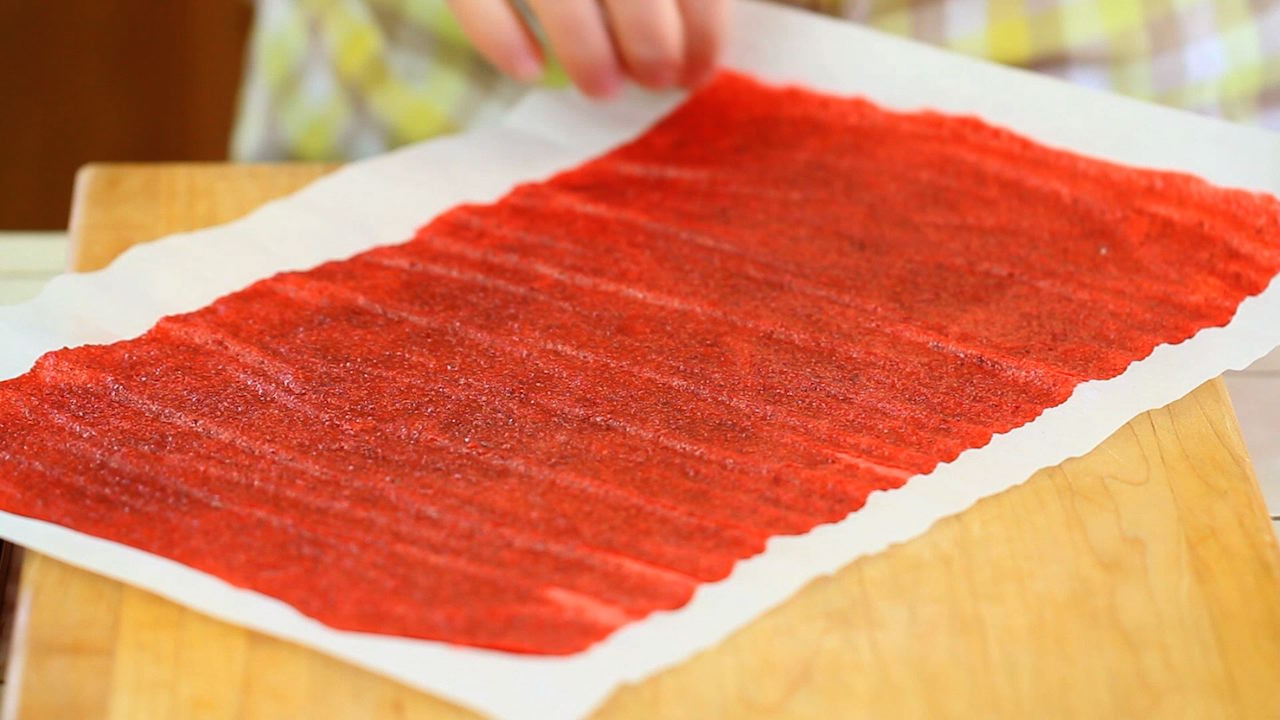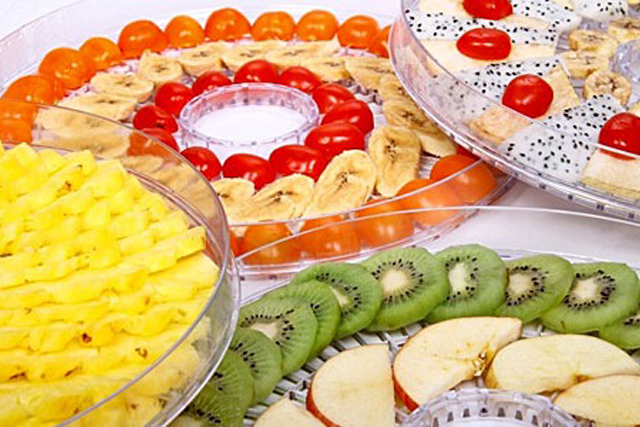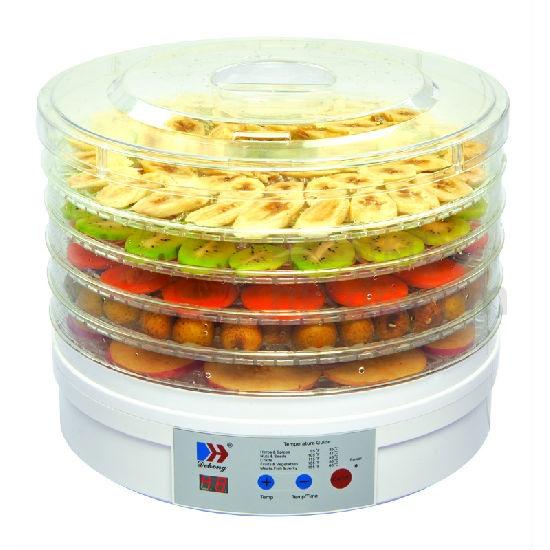
Food Dehydration 101
Dehydrating food is a method that has been around for centuries. Thousands of years ago, there was no such thing as freezers, refrigerators, or preservatives in food. Food was either immediately consumed, dehydrated, or salt cured. The sun was the original dehydrator. People would hang food such as meats on racks to dry in the hot sun. Many cultures favored food dehydration such as the Romans. They even constructed “still houses” whose primary purpose was to dry food in climates that did not receive ample sunlight. Large fires were constructed in these houses to create enough heat to dry food, sometimes smoking the food as well.

Food dehydration is exactly what it sounds like. It is the process of removing water (the hydration) of food. This prevents the growth of bacteria, helping food that has a relatively short shelf life stay edible for much longer. Dehydrated food takes on an entirely different form. Grapes turn to raisins, meat to jerky, and plumes to prunes. Mushrooms and other various vegetables are also sometimes dried to maintain their potency and flavor. Food dehydrator appliances provide users with much more consistent results than say drying from the sun. The temperature can be controlled and typically ranges from 38 to 68 degrees.

Though most dehydrator recipes are not overly complex, it still takes time to master the art of dehydrating. Once acquired, this skill is wonderfully useful. You’ll be able to make snacks to eat at home or on the go. Backpackers in particular will find dehydrated food useful, as the water weight of the food will be reduced making your load lighter. When you’re down to counting ounces for long journeys, every detail counts. Followers of the vegan and raw food diets will also find food dehydration useful. Since the food itself is not being significantly altered,other than losing water content, it still retains mostly all its nutrients. Electric food dehydrators help simplify the dehydrating process. This appliance is quickly growing in popularity because of its usefulness in the kitchen.
Perhaps, you are simply a do it yourself type of person. Many grocery stores overcharge for food like jerky and fruit leathers. Making this food yourself is much less expensive. You’ll also be able to do it in bulk if you have a larger food dehydrator, leaving you plenty to share with friends and family. Once you have a food dehydrator, you’re ready to go to the local grocery or market and pick up some ingredients. The last piece you’ll need is a few dehydrated food recipes. We are, of course, fully qualified and happy to supply here at Dehong.
The following points are the main benefits of dehydrating food:
-
Preservation.
Perhaps the most common benefit folks choose to start dehydrating food is preservation. You’ll be able to create fresh fruit that will last up to one year by dehydrating. -
Easy and reliable.
Food dehydrators are really quite simple little inventions. You’d really have to mess up to overdry food. We’re talkin’ about 12 hours mess up before you would render food inedible. They last for years before needing replaced. Heck, some people have dehydrators that are 20+ years old. -
Health.
Preserving organic food that is locally grown is a great way to help maintain a healthy diet. Bodies appreciate not having artificial flavoring and preservatives from time-to-time. -
Backup Food Supply.
Not everyone is planning for the end of the world, but sometimes it is nice to have some canned and dried food options if the power goes out or something like that. A little peace of mind never hurts.
